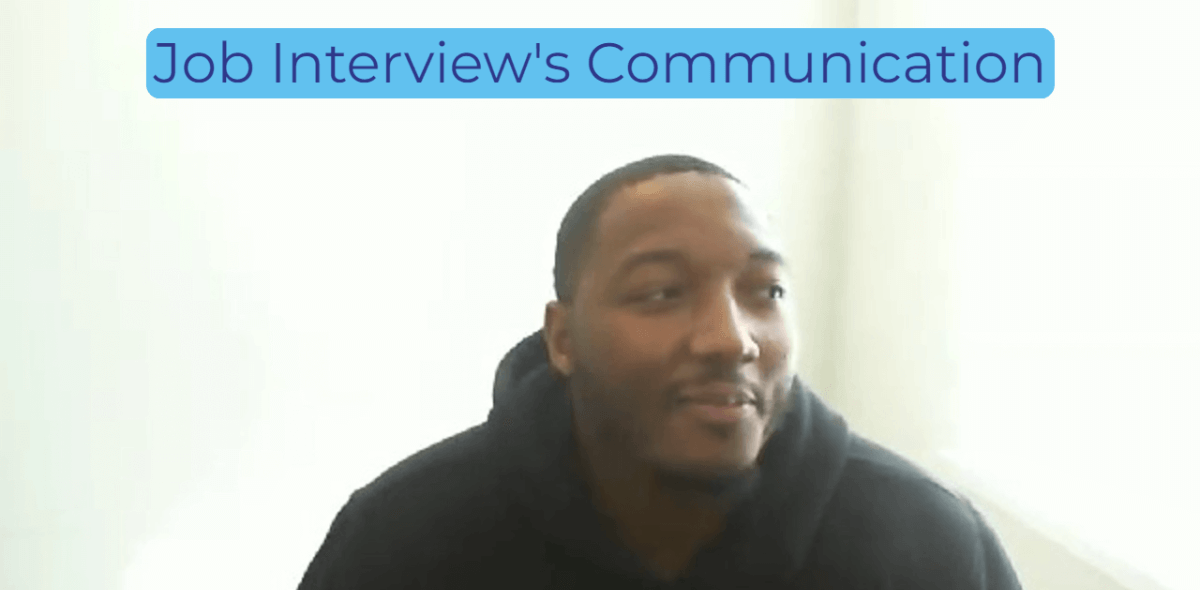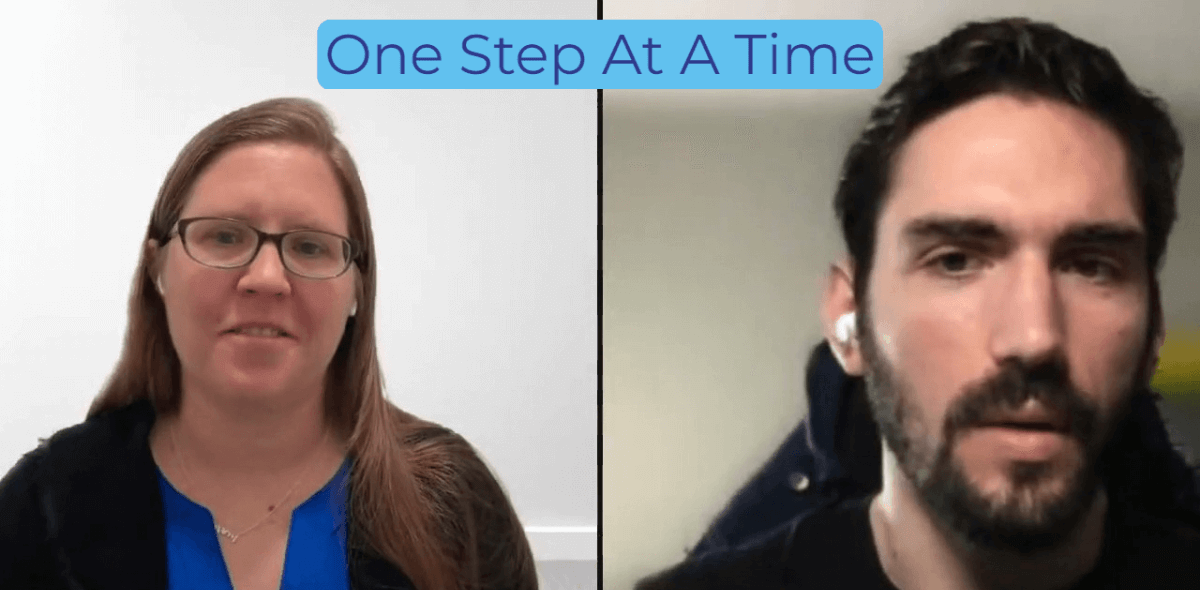Use LinkedIn To Boost Your Software Engineering Career

There are many channels you can use to kickstart your software engineering career once you’ve finished up at Sabio bootcamp. LinkedIn can be a fantastic way to reach out to CTOs, recruiters, and build a strong network.
Rob Levine, the head of recruiting at Slack, recently joined us on our Sabio Speaker series. He offered some excellent tips for using LinkedIn to find a great software engineering career.
1. Make a great profile
Almost every recruiter spends a big part of their day checking out LinkedIn profiles of potential software engineers. Make sure you make a good first impression!
Have a full and complete profile with accurate, up-to-date information about bootcamp, additional training, and projects you’ve worked on. Add a professional profile photo. Every little piece of your LinkedIn profile will work to improve your reputation and career.
2. Build your network
Rob recommends “absolutely, lean on your friends, network, network, network.”
Building a network is such a valuable way to gain software engineering career opportunities. LinkedIn is similar to a social media platform. This makes it easy to connect to people you know from college, bootcamp, or have met at industry events.
Use LinkedIn to follow them, see what they’re up to, and comment on their posts to stay on their radar. They’ll be more likely to keep you in mind for future projects.
3. Don’t mass apply
You might think that applying for several positions at the same company will increase your chances of landing a great software engineering job. However, Rob doesn’t like it when he sees applicants doing this.
“What it tells me is that they’re indiscriminate and that they are not really being clear about what they are looking for and who they are.”
Instead, be straight with yourself and people who are recruiting about what you can do and what boxes you’ll tick for their company.
4. Keep your resume simple
Rob’s advice to job seekers is to “keep your resume clean and not overly cluttered. You may have amazing skills and, worked on a lot of projects but I don't need to know every single detail over eight pages. Keep it to a page or two.”
People who work in recruiting get overwhelmed with piles of resumes and cover letters every single day. Outline your training, such as bootcamp, experience, projects, and skills, but keep it as short and punchy as possible.

5. Do your research
When you reach out to recruiters, carefully read through their LinkedIn profile to see what they look for in a software engineer. Then, present yourself based on that information.
Rob received a message on LinkedIn where the sender clearly explained how his skills matched the keywords on Rob’s profile. Rob checked out his profile, and now he’s got an upcoming interview.
This is why you should align yourself with the recruiting needs of the company. Make it very clear to the recruiter how you would fulfill these needs.
Keep your message simple, concise, and incorporate keywords that you know they’re looking for.
6. Be specific
When you reach out to recruiters, remember that they know nothing about you or your intent, so you need to lay it all out for them.
“The more specific you can be, the more attention you’re going to get,” Rob says.
Be clear and straightforward about your training (e.g. coding bootcamp), past projects, and your immediate career goals. This will help them to understand the gap you could fill at their company.
The Sabio Speaker series is a moderated conversation between Sabio and industry professionals to provide opportunities for industry professional to interact with the Sabio community and build long term relationships.
Rob Levine is a Senior Technical Recruiter with over 20 years of experience. He now recruits for Slack and has recruited for other amazing companies such as LucasFilm/ILM, Pandora, Autodesk, Apple Inc., and Twitter. He's a proven professional that will find, engage and recruit the right high-quality talent.
Posts you might like
- Navigating the Tech Job Market: Insights from Sabio Alumni and Cybersecurity Opportunities
- Embracing the Climb: A Leader's Growth Mindset Journey
- This is the Perfect Time to Dive into Coding and Automation, This is Why!
- Troubleshoot Like a Pro: The Art of Debugging in Programming
- Beyond Bootcamp: Diverse Career Avenues in Tech
- Spotting Burnout in Tech Job Hunts: 6 Warning Signs & Ways to Overcome It
- Get Hired: Essential Knowledge for Emerging Programmers
- 7 Steps to Build a Personalized Continuous Learning Plan for Coders
- Empower Your Journey: Benefits of Remote Code Bootcamps
- Proactive Steps: Daily Rituals for the Job-Hunting Programmer
- Don't Sabotage Your Tech Job Search: Mistakes to Skip
- Unleashing Opportunities: How Bootcamp Career Services Propel Success
- From Lines to Offers: How Your Coding Experience Shapes Market Value
- Optimizing Success: Your Attitude in Coding Bootcamps
- Roadmap to Success: Tech Job Hunt with a Coding Bootcamp Mentor
- Crafting Your Tech Startup Roadmap from Bootcamp Grad
- Tips for Creating a Resume That Gets Interviews for High-Experience Jobs After Coding Bootcamp
- Accelerate Your Career: Embrace Bootcamps for Real-World Programming Skills
- The Coding Craft: Essential Skills Learned at Bootcamps
- Bootcamp Bonds: Tapping into Networks for Tech Employment
- Coding Confidence Booster: The Benefits of Coding Mock Interviews
- Programming by the Clock: The Impact of Effective Time Management
- Coding Freedom: The Value of Learning at Your Own Speed
- Calm Code Journey: Overwhelm-Free Bootcamp Success
- Polish Your Pitch: Tech Interview Communication Essentials
- Inside the Loop: Coding Bootcamps and Tech Industry Strategies
- From Zero to Hired: Decode the Experience Question in Tech Interviews
- Solving the Puzzle: Refining Your Problem-Solving as a Programmer
- The Art of Practicality: Using Coding Languages Without Overlearning
- Practice Makes Perfect: The Key to Software Engineering Brilliance



